What Is Obscure Glass? A Complete Guide to Privacy and Patterned Glass Types
Obscure glass, often called frosted or privacy glass, is designed to let in light while restricting visibility. It is commonly used in bathrooms, doors, office partitions, and other areas where both light and privacy are important. Obscure glass is available in many decorative patterns and textures, offering various levels of obscurity and style.
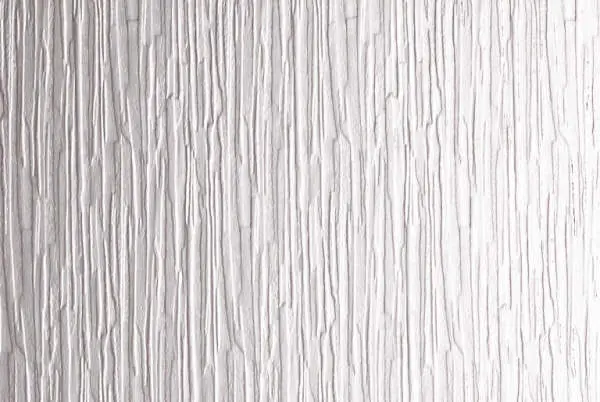
Cotswold Obscure Glass Pattern
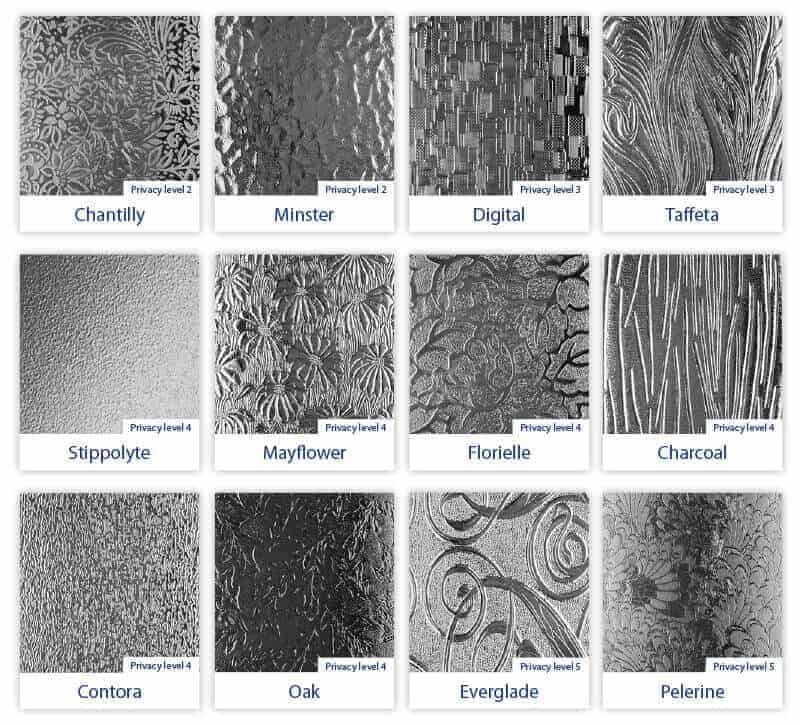
Obscure Glass Types (Click to expand)
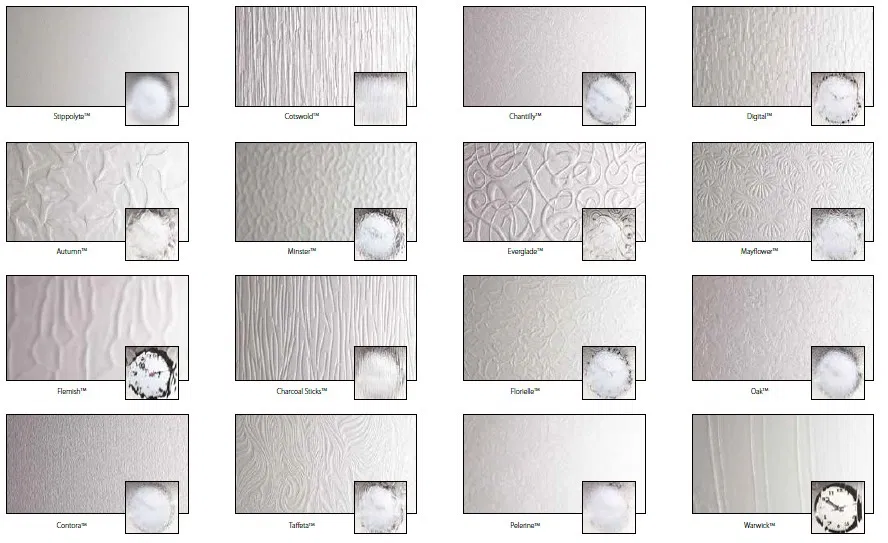
Privacy Glass Types (Click to expand)
Why Use Obscure Glass?
Obscure glass provides privacy without sacrificing daylight. It is ideal for spaces that need natural light but also require some level of screening. Unlike curtains or blinds, obscure glass remains maintenance-free and visually appealing at all times.
Common Applications of Obscure Glass
Obscure glass is used in a wide range of residential and commercial settings. Typical applications include:
• Bathroom windows
• Shower screens
• Front and back doors
• Side panels
• Internal glass partitions
• Office meeting rooms
• Hallway and landing windows
Advantages of Obscure Glass
• Enhances privacy while allowing light through
• Reduces the need for blinds or window coverings
• Available in traditional and modern patterns
• Low maintenance and easy to clean
• Suitable for both single and double glazing
Pilkington Obscure Glass Patterns (UK Range)
Pilkington offers one of the most popular ranges of patterned obscure glass in the UK. Each design has a privacy level rating from 1 (least obscure) to 5 (most obscure). Below are all current patterns available in this range:
African (Level 5)
A bold, exotic texture with a scaled appearance. Ideal for bathrooms or bold feature windows.
Arctic (Level 5)
A frosty, crystalline pattern with strong obscuring qualities and a contemporary style.
Autumn (Level 3)
A natural-looking design inspired by falling leaves. A good option for classic and country homes.
Cassini (Level 5)
Concentric circular patterns with a geometric feel. Suitable for modern interiors and offices.
Charcoal Sticks (Level 4)
Fine overlapping lines that resemble broken sticks or twigs. A subtle yet modern design.
Chantilly (Level 2)
A delicate floral lace pattern that gives a soft, decorative look. Popular in period-style homes.
Contora (Level 4)
A rippled, wavy pattern that distorts light and vision well. One of the most widely used styles.
Cotswold (Level 5)
Vertical lines that look like running water. Perfect for high-privacy areas like bathrooms.
Digital (Level 3)
A pixel-like grid pattern with a high-tech look. Ideal for modern homes and commercial spaces.
Everglade (Level 5)
A natural fern-like pattern with deep texture and high privacy. Great for traditional designs.
Florielle (Level 4)
Decorative floral motifs with a vintage touch. Works well in doors and decorative panels.
Mayflower (Level 4)
A small flower design with a subtle repeating pattern. Good for general household glazing.
Minister (Level 2)
A soft, stippled texture offering light obscurity. Often used in doors or hallways.
Oak (Level 4)
A woodgrain-inspired texture for rustic or countryside themes. Offers both character and privacy.
Pelerine (Level 5)
Soft, flowing wave shapes that create a delicate and decorative look with strong privacy.
Reeded (Level 2-3)
Vertical grooves that give a ribbed effect. Common in cabinets, internal doors, and bathrooms.
Satin (Level 5)
Also known as Satinovo, this frosted, acid-etched glass has a smooth, matte finish with excellent obscurity.
Sycamore (Level 2)
A scattered leaf pattern with light obscurity. Suitable for decorative use in doors or side windows.
Warwick (Level 1)
A bold, irregular texture that mimics handmade glass. Offers minimal privacy but lots of character.
Can Obscure Glass Be Used in Double Glazing?
Yes, obscure glass can be included in double glazed units. It is typically used as the outer or inner pane to provide both thermal insulation and visual privacy. This is especially useful for bathrooms, hallways, and bedrooms that face public areas.
Can You Use Obscure Glass in Doors?
Obscure glass is commonly used in front and back doors to let in light while maintaining privacy. Many uPVC and composite doors offer obscure glass panels in a range of patterns to match your preferred design and security needs.
Conclusion
Obscure glass is a practical and stylish solution for adding privacy without blocking light. With a wide choice of patterns from leading brands like Pilkington, homeowners can choose the level of privacy and design that best suits their space. From bold textures like Cotswold and Everglade to subtle styles like Satin and Chantilly, there is an obscure glass pattern to fit every home and purpose.
Whether you are renovating a bathroom, installing new doors, or designing a modern office, obscure glass offers the ideal balance of form and function.







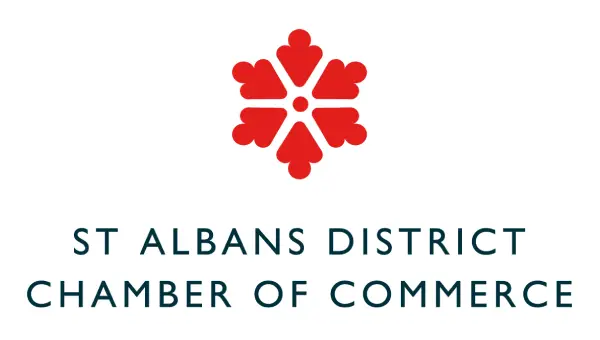
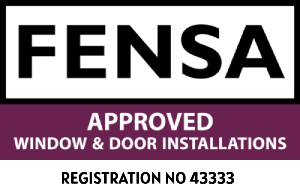



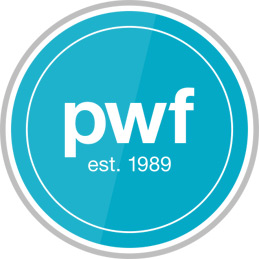
Great post! Glazing is such an important aspect of both aesthetics and energy efficiency in modern buildings. It’s amazing how the right glass choices can completely transform a space while also improving insulation and reducing noise. Thanks for sharing!